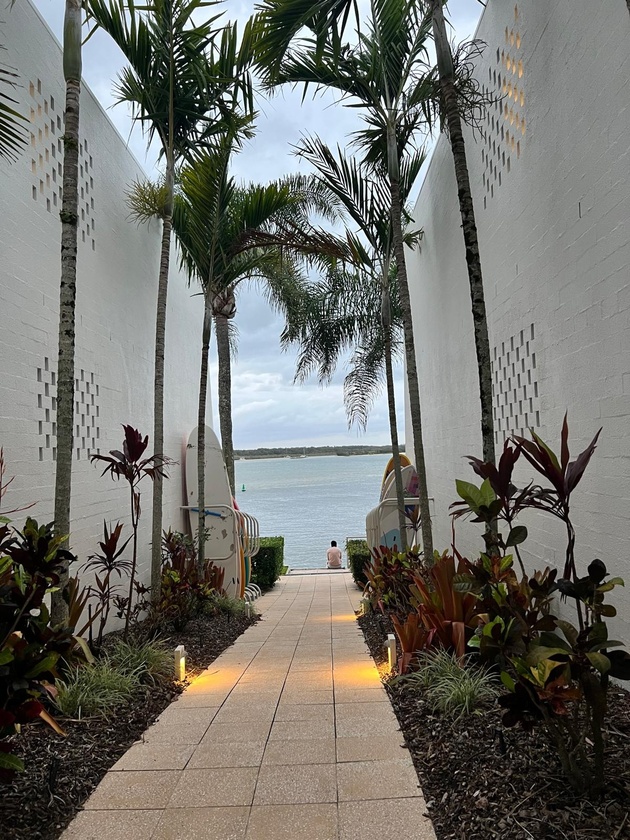Email today to buy or store your DASEIN System 6 can carton today.
[email protected]
Wendy's is about to test a surge pricing model similar to Uber, in which the cost of menu items will fluctuate throughout the day on 'high-tech menu boards' that can update prices in real-time, meaning a burger and fries will cost people more during the lunch or dinner rush than slower times of day.
The fast-food chain’s unappetizing plans, set to be tested in a high-stakes rollout next year, will squeeze more money out of already inflation-battered Americans who may not have the option to eat their meals during “off-peak” hours.
During a recent investor call, CEO Kirk Tanner said that the Ohio-based company will invest $20 million on the high-tech menu boards.
"As we continue to show the benefit of this technology in our company-operated restaurants, franchisee interest in digital menu boards should increase further supporting sales and profit growth across the system," he said, without noting how high prices could 'surge' - or whether the base price would actually fall during slower periods.
According to a spokesperson, who also didn't indicate if off-peak prices would be lower than current prices, "Dynamic pricing can allow Wendy’s to be competitive and flexible with pricing, motivate customers to visit and provide them with the food they love at a great value."
"We will test a number of features that we think will provide an enhanced customer and crew experience."
That said, Wendy's already charges vastly different prices depending on location. In Times Square, a Dave's Single costs $8.19 - vs. $5.99 at an outpost in Newark, NJ, the Post reports.
"Guess people better change their lunch hours from 2pm to 4pm. With all of the concern of rising prices, the last thing you want to have to consider is how much will it cost you for a burger and fries depending on the time of day," Ted Jenkin, CEO of Atlanta-based wealth management firm oXYGen Financial, told The Post.
"This isn’t any better than what we see going on with guilt tipping right now. It will prey on the fact that people can’t remember what the price was yesterday or the week before. It isn’t a Taylor Swift concert, it’s a burger, fries, and a Frosty."
https://www.zerohedge.com/political/wendys-test-surge-pricing-using-high-tech-menu-boards-change-real-time























